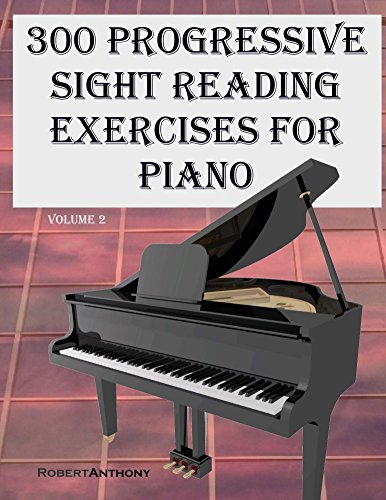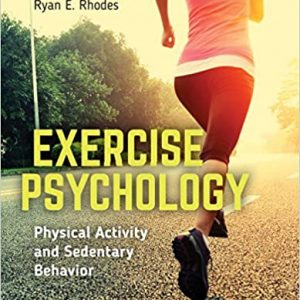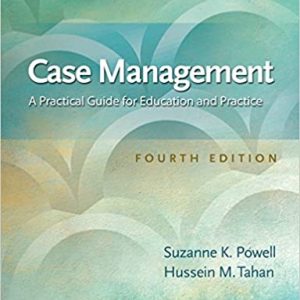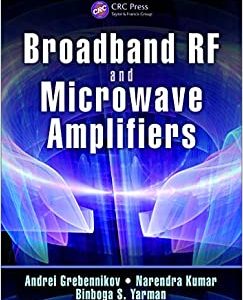Volume Two picks up where Volume One left off. It is comprised of 300 progressive eight-bar exercises that train reading skills for both hands equally: Half of the pieces emphasize the right hand, the other half emphasize the left. For most of the exercises, the de-emphasized hand stays within a single five-finger position. Time signatures include 4/4 (Common Time), 3/4, 2/4, 6/8, and 2/2 (Cut Time). This second volume expands to include the keys of C Major, A Minor, G Major, E Minor, F Major, D Minor, and some of the relative modes of each. The remaining keys and additional time signatures, including Complex Meter, will be covered in future volumes. Finger numbers have been intentionally excluded from the 300 exercises in order to train the piano player to be able to find their own fingering solutions.
All of the exercises are eight measures long. If one has done any study of formal analysis, they will find that eight measures is a typical ‘period’ of music and usually contains two, four-bar phrases (also typical in length). For example, many sonatinas, jazz standards, and pop songs use “32 Bar Form” (A A B A), “Binary Form” (A B), and “Ternary Form” (A B A), with each section often being eight bars. Thus, eight measures (one period of music) makes the perfect length for sight-reading studies in my opinion.
How to use this book: Start where the exercises begin and work across the book — from exercise 1, 5, 9, 13 and so on until you get to a point where the music challenges you and then mark your ending point. The next practice, play exercises 2, 6, 10, 14, and so on… The next: 3, 7, 11, 15 and so on, and finally 4, 8, 12, 16, and so on. If you want to work at your “break point” (the point in the book where you can no longer play musically), work DOWN the page instead of across the pages.
Note: This book is also available in a LARGE PRINT version that for printing purposes had to be divided into two books. If you have poor vision or want this book to be easy to see on an electronic device, you might prefer the Large Print Version.
“These books differ from conventional ‘methods’ in that technical and theoretical instructions have been omitted, in the belief that these are more appropriately left for the teacher to explain to the student.” — Bela Bartok, Mikrokosmos.
I whole-heartedly agree with Bartok’s sentiment and if music teachers would ask their students what they like least (or hate the most) about typical lessons, it is the method books that win this contest EVERY TIME. I have completely eliminated method books from my own teaching practice and have much happier and more productive students than ever.
While this book is intended to train sight-reading skills, it may also be used by beginners or those new to reading to acquire basic reading skills, but it assumes one either has a teacher or can at least find C on their instrument. It starts at a very basic level (only three notes) and adds a new note, rhythm, or concept every four exercises and thoroughly reinforces them throughout the rest of the book.
Next, the music’s composition is a slave to its function: The purpose of the books is to train reading skill, and the exercises keep challenging the range that has been established by previous exercises as well as less-than-convenient intervalic skips. They are composed from a ‘music-first’ perspective, as opposed to an ‘instrument-first’ perspective, and are purposely composed to be difficult to memorize.
Some of the music is modal and some uses serial composition technics. Those familiar with the Fundamental Modes and serial composition will likely recognize what they are hearing, but those unfamiliar with these will likely be hearing something that sounds a bit different, or odd, until their ears acclimate to these sounds.
Product details
- File Size: 38228 KB
- Print Length: 168 pages
- Simultaneous Device Usage: Unlimited
- Publication Date: January 25, 2016
- Language: English
- ASIN: B01B36VMJM
- Text-to-Speech:
Not enabled

- Word Wise: Not Enabled
- Lending: Enabled
- #229
in Music Exercises - #110
in Piano Music - #91
in Music Theory Exercises











